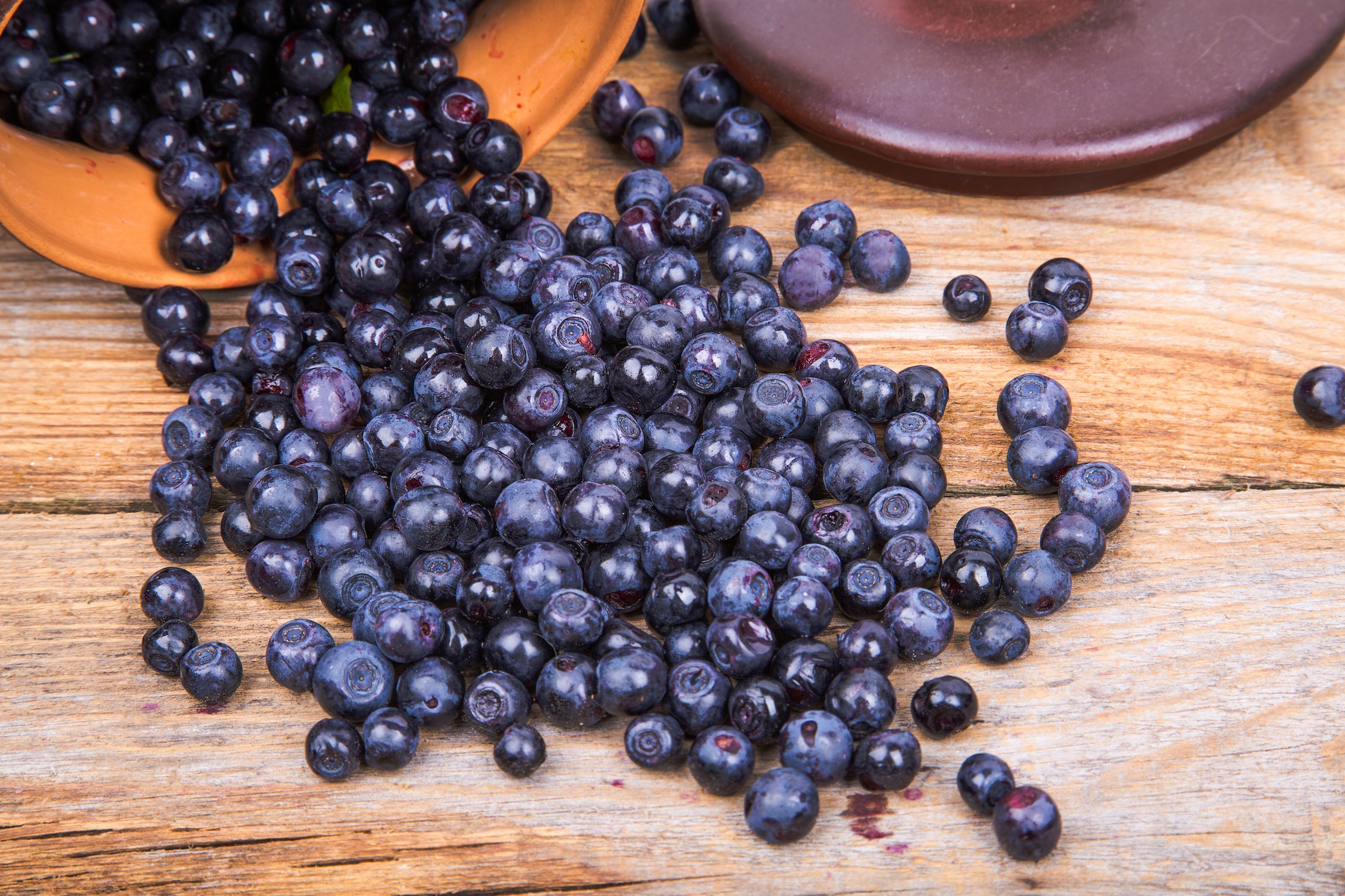“Point of difference” marks EU divergence from U.S. blueberry market trend
“For this year it’s important to remember just how small the European deal is in terms of their supply – the entire crop of Europe and North Africa is still a little bit smaller than that of the Canadian province of British Columbia.”
It’s an important clarifier made by Cort Brazelton, the director of global business development at Oregon-based Fall Creek Farm & Nursery, who has been working in the old continent a great deal of late helping producers meet growing demand for new varieties.
“That’s how small it is for half a billion people and a potential consumer demographic that’s 2.5 times that of North America,” he continues.
Nonetheless, changes are afoot and Brazelton sees several milestones ahead in the blueberry category this year: the more established growing countries of Spain, Morocco and Poland are coming into their own; Europe will see the first commercial-scale production of new high chill varieties; and there will likely be fruit sales growth in several countries, particularly Italy, France and Spain.
This projection for the Mediterranean goes beyond the traditional mainstays of blueberry market development in Europe – the U.K., Scandinavia and the Netherlands.
“If the weather is good and the product is good, there’s no reason to be worried about moving product this summer. There is so much capacity for growth,” he says.
“For this year, yes Spain is earlier but a lot of that earliness isn’t just weather, it’s genetics.
“Because it’s so spread out geographically in Europe it’s hard to categorize the 2016 season into a single statement, but it’s certainly not early in the high chill deal. There’s probably going to be a little bit of a gap between the close of the southern highbush deal and the beginning of the northern highbush deal.”
Making the most of a “fastidious” market

One of the most striking differences with North America for Brazelton, bar a few exceptions, is the emphasis placed by European retailers on varieties.
“In Europe the awareness of genetics and the importance of varieties is through the roof; far more than the average American retailer. It’s also more fragmented – there are a lot more regional players that are very strong in their localities.
“It’s a very vast and diverse market, and it’s also a more fastidious market. There is less room for product of lower or medium or just variable quality.
“There is a lot more flexibility in the North American market – it’s a market with varying levels of differentiation.”
He says in North America it is simply much easier to move volume from one market to another if it doesn’t meet the initial destination’s demand.
“In the U.S. what is sold to consumers is blueberries; in Europe what is sold is all kinds of differentiated blueberries; sometimes it’s by brand, often it’s by the variety or the store brand and the point of origin.
“There’s far more focus on the actual product and what it is, and the result of that is why Europe will continue to develop differently and how people who want to supply Europe will need to develop.”
The Fall Creek representative was often taken aback by what the European industry refers to as a “point of difference”, even in the smallest of markets and geographies.
“Marketers are aggressively moving, even when products can be similar, towards items that are exclusive or offer that point of difference.
“It’s something that is different or exclusive or simply not run-of-the-mill – it’s not just ‘high volume, competitive prices’, it’s ‘you can’t get this easily’ in other places’.
“And it’s not just about branding; in the U.S. it often happens by getting good product behind a brand,” he says, adding there are however some European companies taking a stronger brand approach to blueberry marketing, which is a positive development.
“The challenge of selling by varieties is that varieties come and go depending on the time of the year in the fresh business. You build a brand and you can do that well, and that’s what the stores are doing too.
“So the way this plays out on the ground – in our world when people are busy developing a supply program, to establish production, this could be for export companies going to Europe as well, there’s a real question of what do the retailers actually want?
“What variety? What type of quality? When do they want it? How do they want it? And what does the consumer want? There’ s a greater awareness that at the end of the day this ends up on a store shelf and there are preferences – in the Americas that hasn’t been a common conversation. Now that’s changing too, but it’s really fascinating to watch a deal this early in its development.”
What blueberry suppliers to Europe also need to be aware of is the emphasis on quality in supermarkets.
“Looking at at what’s happening in the relatively new retail blueberry programs in Italy and in Spain, things quickly move to a preference for higher quality product very quickly, and by that I mean low shrink, firmness, flavor.
“You look at a clamshell of fruit, you look at 10 of them. Some of it’s the repacking, the varieties, the selection, but you just don’t ind as many clamshells with variable product quality. You don’t find mold, you don’t find leakiness.
“There are tons of reasons for that, and one is they’ve decided just to not put the weaker product on the shelf. How will that play out in some of these other places? I would not underestimate their desire for a similar product.
“This deal in Europe is absolutely going to grow but it’s going to be very different, and the model that’s made people successful over the last 10 years in North America is probably not going to work in Europe. It’s going to be different.”
05/10/2016
Fresh Fruit Portal





